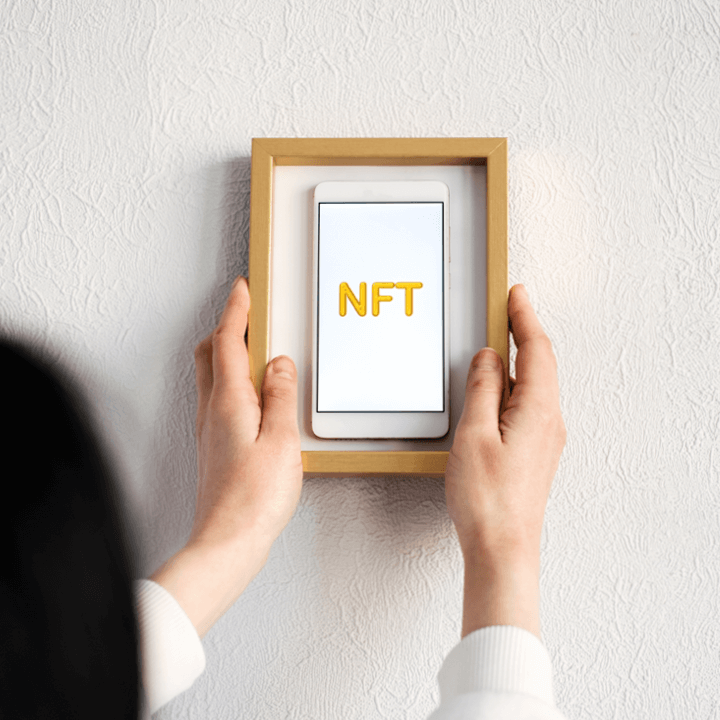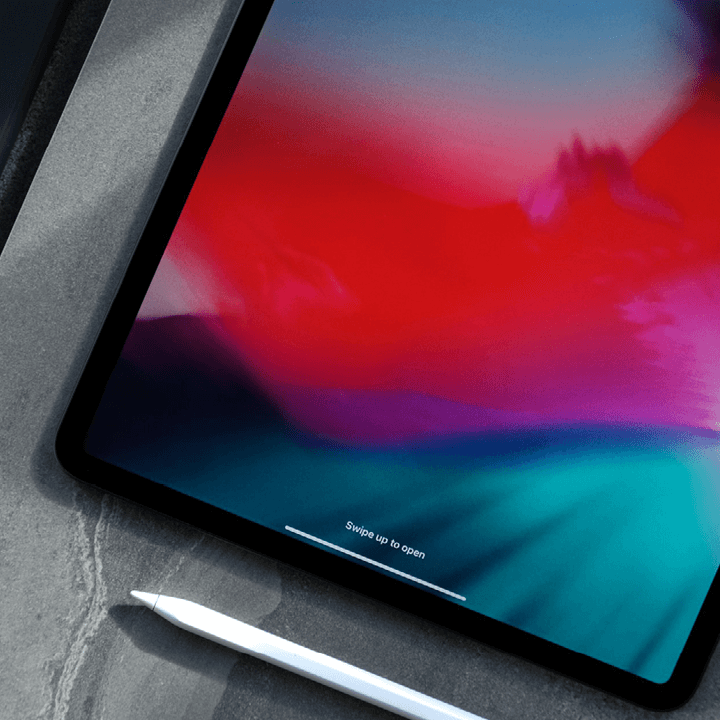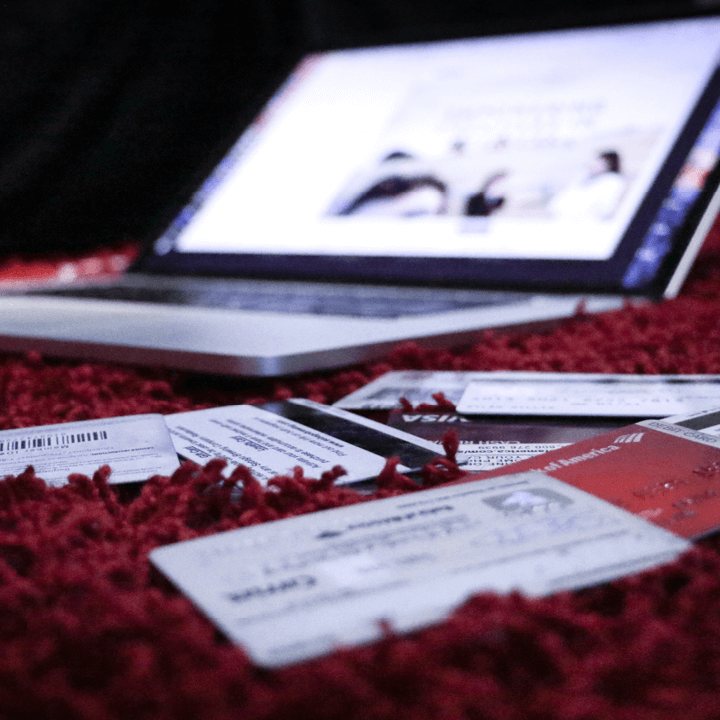EUIPO guidance on classifying virtual goods and NFTs
1st December 2022
The European Union Intellectual Property Office (EUIPO) recently confirmed that services relating to virtual goods and non-fungible tokens (NFTs) will be classified in line with the established principles of classification for services. It has now released guidance relating to applications to register trade marks for virtual goods and NFTs. Walker Morris Intellectual Property, Trade Marks & Designs experts Matthew Lingard and Sarah Williams outline the EUIPO’s approach to classifying virtual goods and NFTs; the possible limitations; and the UKIPO’s current position.

Classifying virtual goods and NFTs – what does the EUIPO say?
The EUIPO makes clear that class 9 is appropriate for virtual goods, given that they are treated as digital content or images. Note however that the EUIPO has stated that a classification for simply “virtual goods” alone would not be considered to have a sufficient level of clarity or precision. It’s therefore essential that additional detail is provided which specifies the content to which the goods relate. For example: “downloadable virtual goods, namely, computer programs featuring footwear and clothing for use online and in online virtual worlds” in class 9.
In relation to NFTs, the general features of the EUIPO’s guidance take inspiration from the United States Patents and Trademarks Office. It has been confirmed that “downloadable digital files authenticated by non-fungible tokens” will be incorporated into class 9 by the 12th Edition of the Nice Classification that comes into force on 1 January 2023. The EUIPO treats NFTs as unique digital certificates registered in a blockchain, which authenticate digital items but are distinct from those digital items. However, as with virtual goods, the EUIPO insists that “non fungible tokens” alone would not be considered adequate and that in all cases the specific type of digital item authenticated must be specified. For example: “downloadable music authenticated by NFTs” in class 9 or “providing an online virtual environment for trading virtual art and virtual art tokens” in class 35.
The EUIPO’s approach to classifying virtual goods and NFTs – potential limitations
The EUIPO’s intention to describe NFTs as “downloadable digital files authenticated by non-fungible tokens”, presents a few issues:
- The EUIPO has failed to follow the EU Markets in Crypto-Assets Regulation (MiCA) in its definition of crypto-asset which plainly specifies the transferability of a token. MiCA’s definition is: “crypto-asset means a digital representation of a value or a right that uses cryptography for security and is in the form of a coin or a token or any other digital medium which may be transferred and stored electronically, using distributed ledger technology or similar technology”. This provides a more robust definition and a greater understanding of crypto-assets in general.
- The definition doesn’t take into consideration the current reality of NFTs. An NFT is a digital token associated with an underlying physical or digital asset. In theory, anything can be tokenised. NFTs typically include digital files such as: art; photos; videos; collectibles; or music files, as well as functioning as a utility, or any combination. This means that in some cases the value of NFTs is contained within any utility rights integrated in the NFT and not necessarily in the digital file authenticated by the NFT.
- NFTs are standardised digital assets that are capable of being traded or transferred within a blockchain following rules stipulated by a smart contract. The EUIPO’s definition of NFTs implies that these tokens are registered in the blockchain as written declarations only. Referring to NFTs as “certificates registered in a blockchain” fails to take into account the intricacy of tokens and the way they operate in practice.
- Recent case law surrounding NFTs and the EUIPO’s definition contradict one another. Case law provides that the token generated through the smart contract is considered legal property, whereas the EUIPO provides that the NFTs are additional to the digital files they authenticate. This conflict may cause future issues with how NFTs are dealt with by law and by intellectual property offices.
Classifying virtual goods and NFTs – what is the UKIPO’s position?
The UKIPO has not yet confirmed how it intends to approach classifying virtual goods and NFTs in the future. Having said that, it has indicated that it currently accepts the term “downloadable digital files authenticated by non-fungible tokens” for use to describe goods in class 9. It’s therefore recommended that all future applications state the particular digital item the NFT authenticates. In other words, draft the application according to where the actual value lies in the NFT.
The government recently asked the Law Commission to review the law on digital assets to make sure that they can be accommodated by UK law as they continue to evolve and expand. The review sought views from legal experts, technologists and users to examine how existing personal property law does – and should – apply to digital assets. The proposals aim to deliver wider recognition and legal protections for digital assets, allowing a more diverse range of people, groups and companies to interact online and benefit from them. The deadline for comment closed on 4 November 2022 and we await the outcome with interest.
How we can help
Our award-winning Intellectual Property, Trade Marks & Designs team (ranked in both Chambers and Legal 500) offers specialist advice across the full spectrum of intellectual property law. Our lawyers are specialists in the field and are trusted by many household names, innovators and manufacturers to manage and protect their valuable brands and technology.
Our team includes both solicitors and chartered trade mark and design lawyers. This means we can provide a complete service across the whole range of IP related matters: strategic advice; assistance with planning and budgeting; brand evaluation; trade mark clearance and filing; as well as representation in contentious trade mark matters.
Please contact Matthew, Sarah or any member of the team if you need assistance with applying for marks relating to virtual goods or NFTs, or with any other intellectual property issues, or have any queries about the points raised in this briefing.









